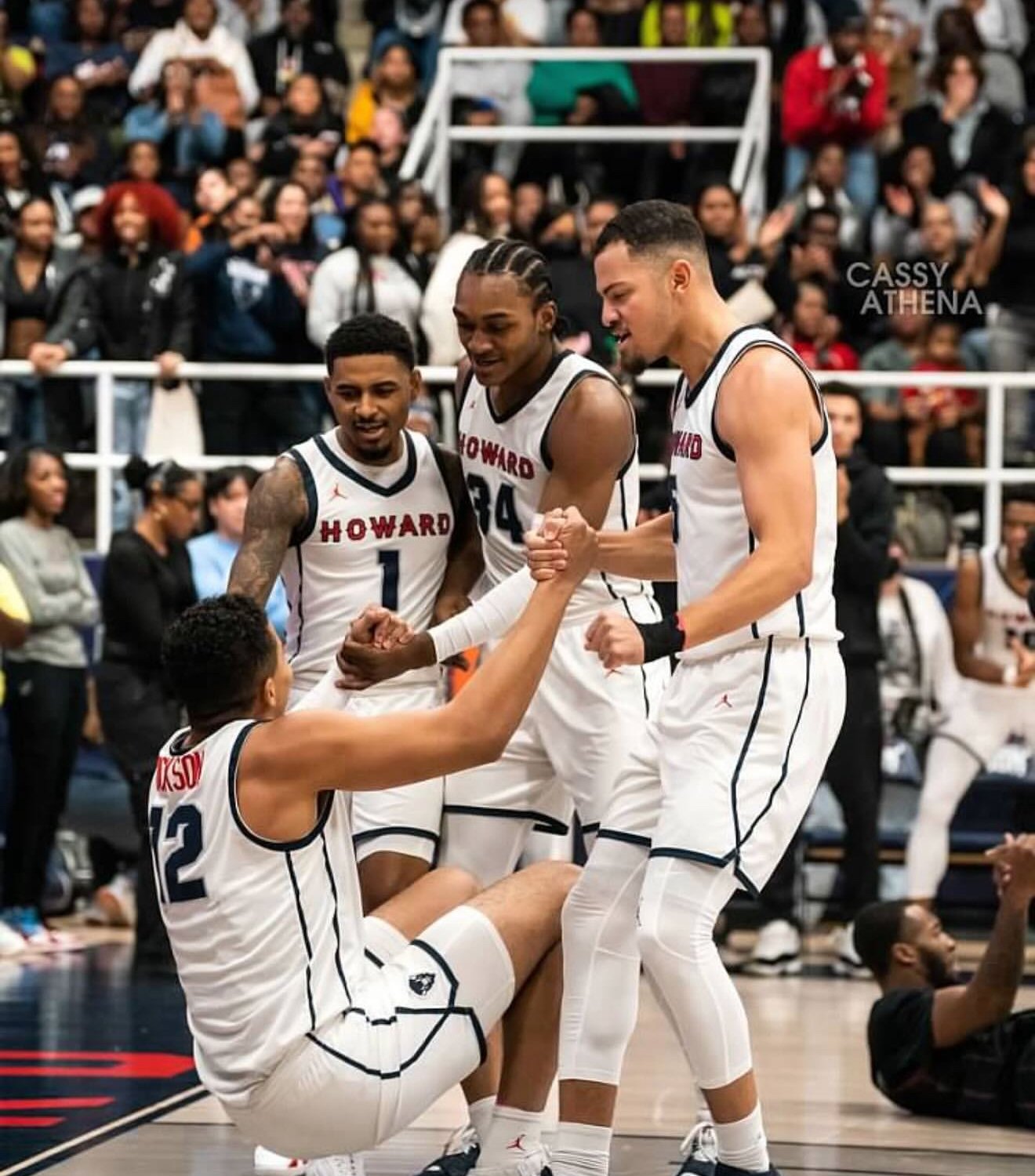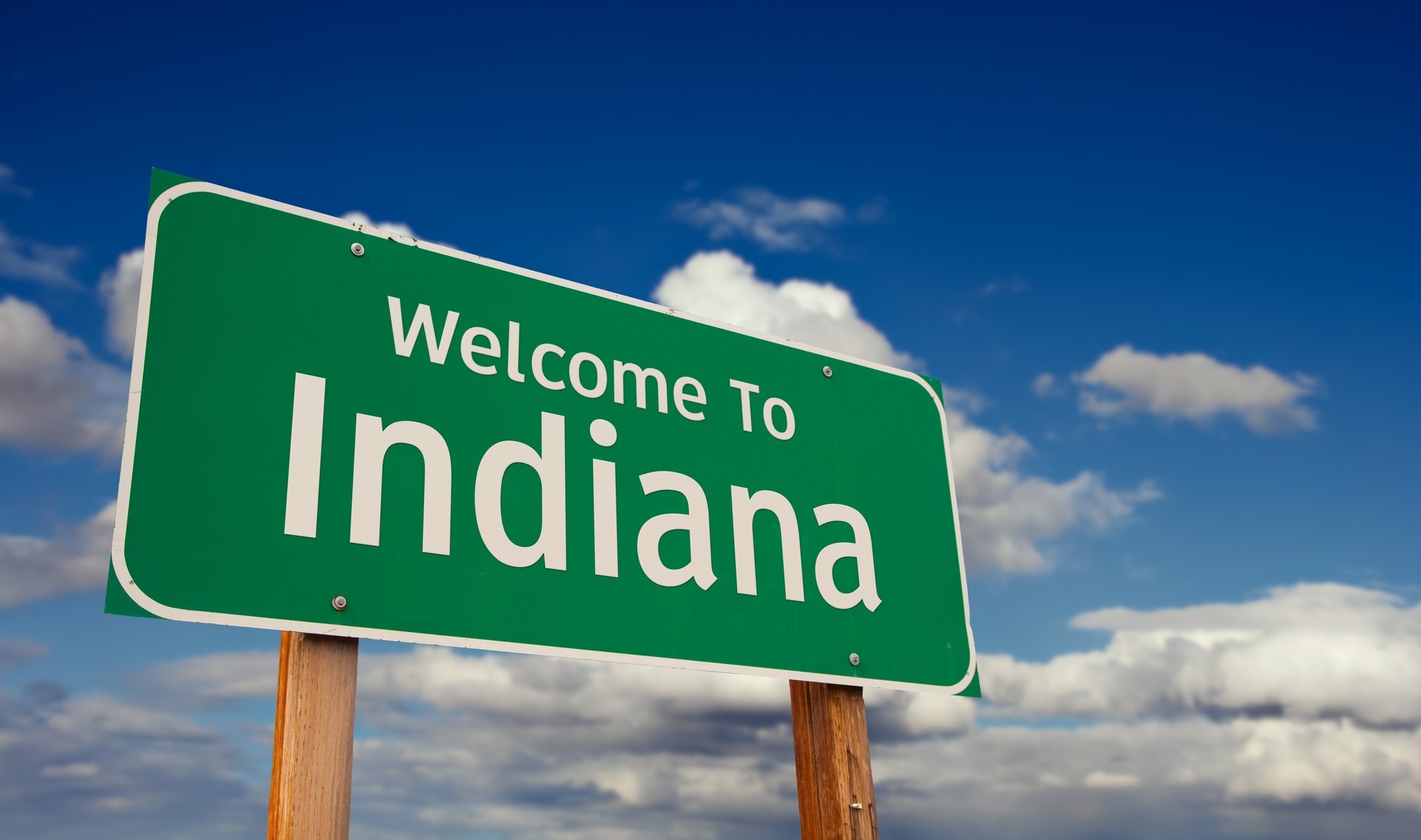Good morning, and thanks for spending part of your day with Extra Points.
I'm still in New Orleans for one more day, and will be heading back to Chicago tomorrow morning.
I've spent most of the last several days here talking to basketball coaches, ADs, CEOs, agents, consultants and everybody else that works in college athletics, talking (mostly) about NIL-related issues.
First, in the interest of clarity, let's get one thing out of the way. There are effectively two different "NIL" markets right now. There's a market that is by and large tied to the actual marketability of a particular college athlete, and where brands seek to work with athletes in order to achieve specific marketing outcomes. Then we have another market that's largely untethered to marketability, where the funding comes primarily from boosters, hoping to encourage athletes to attend (or remain) at a particular school.
You know, the 'Bagman' market. Only these bagmen have LLCs and websites.
Generally, when I'm writing about NIL for this publication, I'm talking about the first marketplace. That marketplace is an actual market, one that should be expected to respond to market forces, produces paperwork and measurable outcomes that can be studied, has participants who are willing to (mostly) honestly talk on the record, etc. The other market is important too, but those require different conversations and difference places.
These conversations I've had this week, along with ones I've been having with athletes and with data I've been monitoring, have led me to believe that for as much good as NIL can provide, and for as many reasons as there are to be excited and optimistic about the direction this market can go, there are still some significant issues to be resolved.
College athletes have precious little free time...and even the most basic NIL stuff takes time
I don't care what anybody at the NCAA says in public. Being a D-I college athlete is more than a 20 hour a week responsibility. Between travel, meetings, lifting, practice and the actual games, every college athlete is already making a very significant time commitment, before they take a single class.
For the athletes that don't have professional representation or are plugged into a massive booster collectives, NIL opportunities aren't just falling out of the sky. If an athlete wants to engage with a brand that isn't part of a marketplace, they'll have to cold-call them and negotiate a package. If they want to set up a camp back home or teach lessons, they'll have to handle that legwork themselves. And given the financial value of many of these deals, some athletes have decided that isn't worth it.
I've filed tons of FOIAs for athlete compliance paperwork to get an idea for how many athletes are actually reporting NIL deals...and anybody reporting more than 30%, even among large P5s, is very rare, with participation rates below 15% common among mid-majors.
You see lower participation rates for two main reasons. One would be athletes deciding that it simply isn't worth their time to chase after relatively small deals, given their other priorities. The other are athletes saying that they don't know enough about NIL to determine if they should participate.
Every school has some sort of NIL education program. Not every school has an NIL education program that anybody actually reads or engages with in a meaningful way. If athletes don't feel like they have the right info about taxes, pricing, or even how to get started, they'll remain on the NIL sidelines.
But they aren't the only ones who haven't jumped into this market with both feet so far.
There aren't as many easily accessible deals out there as you might think
For most folks, he easiest way to get a NIL deal is to participate in a marketplace. It doesn't require anybody to knock on any doors or make phone calls, it isn't restricted to a particular market, and most marketplaces now automatically take care of much of the compliance paperwork for the athlete. Just create a profile, download an app, and start browsing for opportunities.
I don't have an opinion about which marketplace is "best" (I think many are good at different things or serve different corners of the market). But the feedback I've gotten from coaches, ADs, athletes and consultants is that the current market to serve 'micro-influencers' (read: athletes with social audiences under 10K), isn't very deep yet.
If one logs onto MarketPryce, for example, you'll see just 212 total active campaigns, with many targeting athletes in specific sports or follower counts. MOGL also only reports 212 active campaigns. If you search for campaigns offering more than $750, that number drops to 35. Many companies are advertising both platforms (like Extra Points, for example), so those won't be 212 unique campaigns.
There are plenty of other marketplaces, but across OpenDorse, MarketPryce, MOGL, NOCAP, Icon Source and some of the smaller ones...how many companies are we talking about here? 2,000? How many are offering more than $200 and product? Not nearly enough to serve the thousands and thousands of D-I college athletes with similar levels of marketability.
This isn't a critique of the marketplaces. I've talked to many of the folks who run these exchanges, and they've been honest about some of the challenges. It's also not a critique of the marketability of college athletes, or an attempt to define the entirety of the NIL market by the size of the exchanges.
All I am saying is that right now, brand participation is slow and steady. Even if you're a starting athlete on a high profile program, it's possible that there simply aren't enough buyers of your marketing space...or at least, not enough buyers that know how to find you.
Why aren't more brands jumping to participate?
There are a few main hurdles.
This is starting to change, but I'm consistently told that there is reluctance among many national, blue-chip brands to get really heavily involved in NIL due to various uncertainties. Part of that is regulatory uncertainty. After all, different states and different programs have different rules, and it's simply easier to do deals with other classes of influencers, rather than face reputational risks just in case you accidentally run afoul of a state law.
Another reason bigger brands have been slower to engage is that generally, they're not guaranteedas quality of a marketing experience. If you're a soft drink company, and you work with a Mommy Blogger or a professional influencer, you're working with somebody who has dedicated a significant amount of time to mastering promoting stuff. They know they best way to set up their lighting. They know how to promote a campaign, how to execute on time, how to talk to a brand partner, etc. Their job is selling stuff.
A college athlete may have a social audience the size of a professional influencer...but they're not a professional influencer! Being really good at Twitter and being really good at basketball are two very different skillsets. Professional athletes or college athletes with professional representation have access to teams who can help manage this for them, but not your run of the mill football player with 13K Instagram followers.
There are different problems at the lower end of the market
I've said this a few times, but engaging in the social influencer world is also tough for many of the small, local businesses that you'd think would benefit most from NIL. Your local college town pizza place typically has not needed to buy online ads or run digital campaigns. They don't know how to evaluate those campaigns, how to price them, or even how to set up and engage with a marketplace. Many have also heard for years that they shouldn't give a local athlete so much as free garlic bread.
In practice, that means they either try to DM an athlete directly, or just stay on the sidelines, waiting for additional clarity or education. Some schools have worked with local chamber of commerce type organizations to provide education, and I know of at least one marketplace that actually went door to door in a city to try and sign brands up.
Collectives may have a role in helping make this part of the process more efficient. Depending on state legislative changes, it's possible more schools could be more engaged on this front as well.
But in practice, we have a world where it isn't very easy for athletes to get involved in the market, for schools to help their athletes in the market, or for brands to really get involved. That means that while the top end of athlete earners can still make big bucks, it'll be slower-going for the rank and file
So is NIL a bust?
No, I'm not saying that. We're not even a year into this thing yet, and anybody that tries to tell you they KNOW what the next nine months will be is trying to sell you something.
I mean, I'm also trying to sell you something, but you know what I mean.
I think it's certainly possible for many of these problems to be addressed. More athletes, over time, will better understand their NIL obligations and opportunities. Some firm, or firms, will create better solutions to educate and engage brands. We'll probably see some consolidation in the marketplace business, and the government, NCAA or elsewhere will eventually provide some legal and accounting clarity on collectives. All of those changes would help.
But in the meantime, we should be honest with ourselves. This is an imperfect system. It's a system that can still provide significant financial, educational and community benefits to lots of athletes, even non-SEC QBs. But we shouldn't pretend it is easy, or doesn't have equity concerns, or even logistical ones. We shouldn't pretend that simply having a good season on the court guarentees NIL earnings.
Right now, this market is exciting and broken and nonsensical and a little stupid. Just like everything else I deeply love about college sports.
This Extra Points newsletter is brought to you by Tangle.

What's the other side saying? Tangle knows. Tangle is an independent, ad-free, non-partisan politics newsletter that summarizes the leading arguments from the right, left, and center on the news of the day. Sign up for free to get a 360-degree political read.
Hey, by the way, today is my birthday. If you're wondering what to get me, might I recommend a paid subscription to Extra Points? You'll get five newsletters a week, free stickers, and the knowledge that you're supporting independent sportswriting.
You can subscribe here, for just eight bucks a month:

To sponsor a future Extra Points newsletter, please email [email protected]. For article ideas, newsletter feedback, FOIA tips, athlete NIL sponsorships and more, I'm at [email protected], or @MattBrownEP on Twitter


















